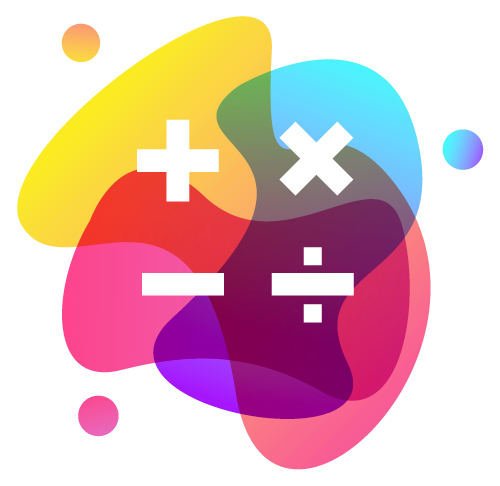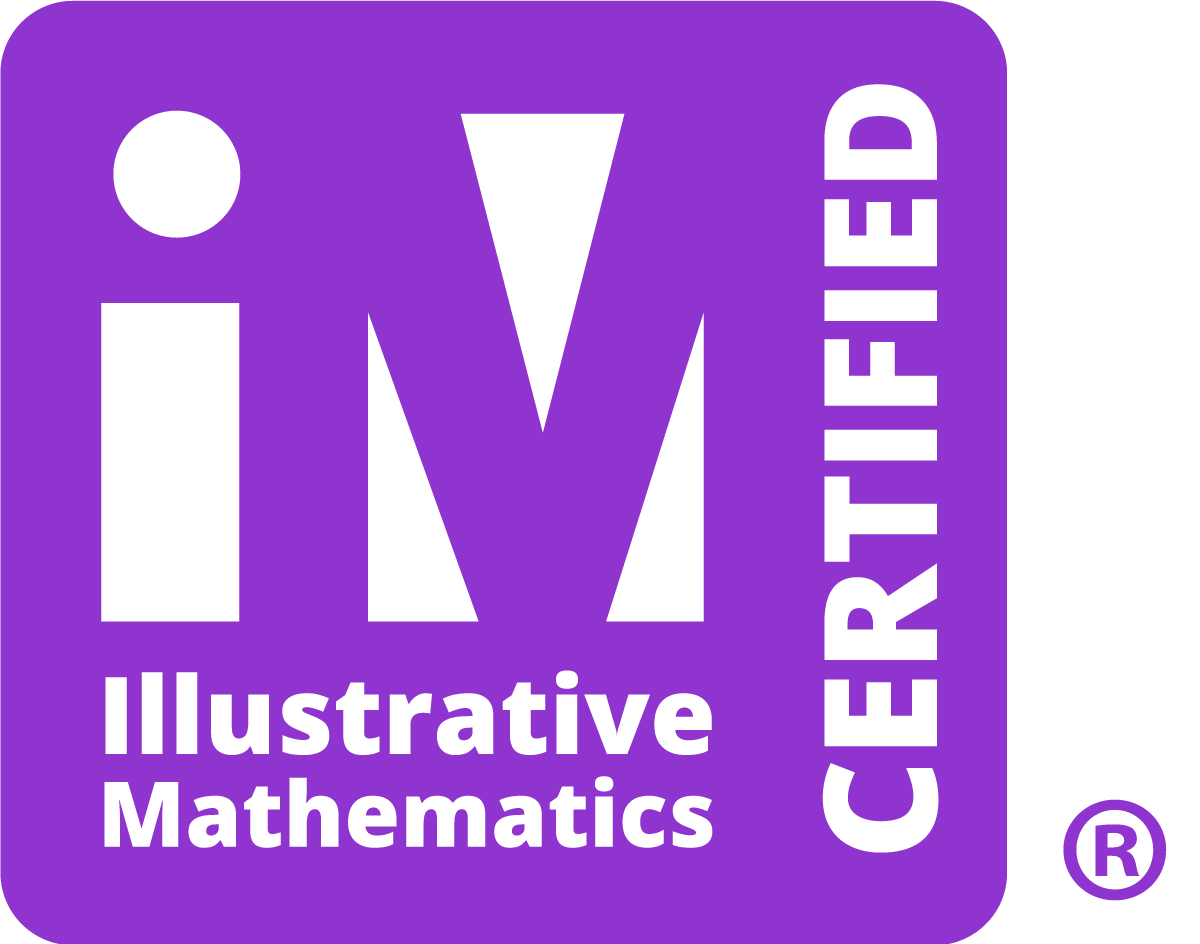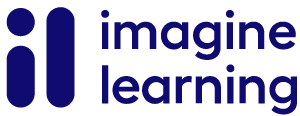
Creating a world where all learners know, use, and enjoy mathematics
IM K–12 Math
Redefining Math Education for the Next Generation
IM® v.360, released in 2024, is IM’s most comprehensive curriculum upgrade to date. Building on the foundation of previous IM® Math versions, IM v.360 maintains the core tenets of IM problem-based instruction and features while incorporating new additions and enhancements based on feedback from teachers, school leaders, and students. IM v.360 empowers teachers to ensure that every child learns grade-level mathematics and develops a positive mathematical identity through engaging learning experiences.
All IM Certified® math curricula are research-driven and fully aligned to college and career-ready standards to ensure teachers have the tools needed to facilitate student success. Click here to see what’s new with IM v.360.
WEBINAR RECORDING
Introducing IM® v.360: A Live Q&A with the IM Authors
Join us for an engaging webinar that explores our latest curriculum upgrade, IM v.360. This session will be an informative discussion, directly addressing questions from our vibrant community. As we explore these new features together, we aim to enhance your understanding and application of IM v.360 in your educational settings.
FREQUENTLY ASKED QUESTIONS
Where can I preview the IM v.360 curriculum from a certified partner?
Imagine Learning, an IM Certified® Premium Digital Partner and IM v.360 curriculum provider, is in development for a new program across K-12 revision available for implementation beginning fall 2024. Click here to learn more.
Kendall Hunt Publishing, an IM Certified Partner and print provider of the new IM v.360 curriculum, will be integrating this new curriculum into their selection of K-12 products and programs later this Fall for implementation Fall 2024-2025. Sign up to receive IM v.360 updates exclusively from Kendall Hunt by clicking here and selecting NEW IM v.360.
IM v.360 powered by Kiddom unites ground-breaking technology with Illustrative Mathematics’ high-quality curriculum. Kiddom empowers educators to customize, implement, and measure the impact of IM v.360 on a simple, powerful platform. A full suite of digital tools and functionality creates dynamic, engaging learning experiences for students, while real-time data supports informed instructional choices.
What new features are in the IM v.360 curriculum?
We made upgrades, enhancements, and revisions to the IM v.360 curriculum in response to the needs of teachers, school leaders, and students.
Upgrades to the K–5 curriculum include:
- NEW! Language Learning Goals, End of Unit Guidance, Checklist Guidance
- Strengthened representations of diverse cultures
- Revisions to the Course Guide content, Instructional Routines, and blackline masters
- And more!
Upgrades to the 6–12 curriculum include:
- NEW! Narrative Structures, Section-level Assessments (Checkpoints), Instructional Goals, and Teacher Reflection Questions
- Embedded guidance for building a classroom community
- Embedded Math Language Routines and revised Instructional Routine language, including for 5 Practices activities
- Revised context and activity launches to invite more students into the mathematics, including more representations of diverse cultures
- Revised lesson contexts to align with the California framework, including environmental literacy enhancements
- And more!
Where can I get more information?
Our Partner & Client Support Team is available to answer any questions you may have about IM v.360. Click here to schedule a call for a one-on-one meeting.
What does IM v.360 mean?
We named the new edition of our curriculum “IM v.360” to distinguish this version from previous versions. The number “360” is all-embracing, all-encompassing, and all-inclusive. Similarly, IM v.360 is coherent, inclusive, and all-encompassing. It invites students to the math through engaging contexts and problems relevant to students’ experiences. We are proud to say that IM v.360 is the next evolution of our curriculum products!
Our Story
Illustrative Mathematics has created research-backed, standards-aligned K–12 mathematics curricula since its founding in 2011. Thoughtfully designed and expert-authored, IM’s comprehensive suite of math curricula is designed to encourage inclusive, engaging mathematical discussions supported by tasks, lesson plans, professional learning, and community.
IM v.360 is a cohesive, problem-based core curriculum built on the principle that all students are capable learners of grade-level mathematics. Students are encouraged to use their current understanding of math, their lived experiences, and the world around them as resources for problem solving. By starting with what students already know, teachers invite all students to contribute to mathematical learning, center their students’ thinking, and respond as students develop conceptual understanding.

Just like previous IM® K–12 Math versions, IM v.360:
- provides a consistent problem-based lesson structure, ensuring coherence within and across all grade levels
- includes thoughtfully designed instructional routines that promote interaction, inviting all students to engage in every lesson
- offers specialized guidance and support to help teachers facilitate learning for multilingual language learners and students with disabilities
- includes math language routines (MLRs), which aid in language development and increase access for multilingual language learners
Our Business Model

IM v.360 is an open educational resource (OER), which means it’s free and available for anyone to use under a Creative Commons (CC BY-NC) license. Materials can be downloaded directly from IM’s curriculum site, AccessIM.org.
For enhanced teacher and student experiences in digital and print formats, visit our IM Certified® partners. The IM Certified® designation ensures that schools and districts are accessing curricular materials that are always up-to-date, high-quality, and aligned to IM’s vision.
IM Certified® partners:
- guarantee any curriculum enhancements are thoroughly vetted by the IM authors
- are always the first to offer updated versions of IM’s curriculum
- return a portion of sale proceeds back to IM for the nonprofit’s ongoing development and enhancement of curriculum and aligned professional learning
- offer IM Certified® Professional Learning facilitated by highly trained IM Certified® facilitators
Ready to get started with IM K–12 Math?
IM® Professional Learning
Illustrative Mathematics is proud to offer dynamic, comprehensive support for teachers and leaders to successfully implement IM v.360 with integrity. Tools, strategies, and ongoing support help teachers integrate equitable, responsive, and effective teaching practices that allow students to authentically engage with mathematical concepts. IM Certified Professional Learning offers group sessions, available on-site and virtually, to help teachers and leaders implement the problem-based instructional model with confidence. IM Academy is designed to offer the same support to individuals looking to transform their teaching and use the IM curriculum to its fullest potential.

Make your classroom an IM classroom
In the IM Classroom, students, teachers, and the mathematics interact in an inclusive community. Students are engaged with and excited by a problem-based instructional model that affirms their experiences and helps build strong mathematical identities. IM Classroom teachers equip students to know, use, and enjoy mathematics by leading meaningful discussions that help synthesize students’ understanding of rigorous content. They have access to IM Certified Professional Learning, which provides implementation support and allows teachers to grow in their practice and in understanding the curriculum. School and district leaders create systemic change when necessary through coaching, collaborative planning, and long-term support of teachers and students. Families are welcomed into the community with embedded support materials, allowing students to experience the IM Classroom in school and at home.

IM CERTIFIED® PARTNERS

IM v.360 certified by Illustrative Mathematics is only available from our IM Certified® partners.
Our partners offer the ideal curriculum experience because they share our commitment to providing the IM Certified curriculum to all teachers and students as it is meant to be experienced, in the format needed to ensure success.
CHOOSE AN IM CERTIFIED PARTNER
Submit this form and an IM Certified partner will contact you to discuss your options for accessing IM v.360.





